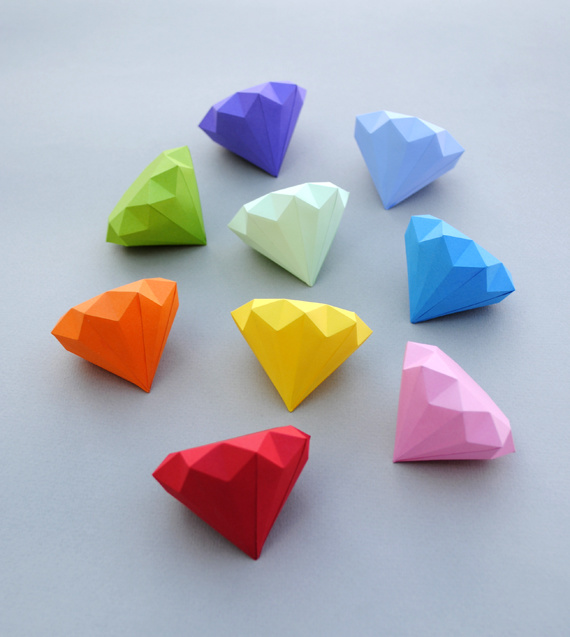We already use the word “synthetic” to describe many industrially produced raw materials which are similar to natural products. Eg textiles, elastomers, insulation wool, lubricants, fuels etc.
Typically the invented or created materials mimic the natural product. They are at elemental level far from identical to the natural product. When compared to natural some synthetic materials may have enhanced properties. Synthetic motor oils are one such product, gortex cloth and Velcro are other examples.
Considering the use of “synthetic” to represent any manufactured material/product.
Manufactured (laboratory) diamonds are a special instance where they are identical chemically, atomically and physically to the originals. This accepts that there is always some variation in impurity present whether diamonds are naturally formed or manufactured. The impurities can colour diamond, and reveal minor measurable variances between naturally formed and manufactured.
Accepted, the point needed clarification.
Relegating my ignorance of diamond naming to Wikipedia:
In July 2018, the U.S. Federal Trade Commission approved a substantial revision to its Jewelry Guides, with changes that impose new rules on how the trade can describe diamonds and diamond simulants.[115] The revised guides were substantially contrary to what had been advocated in 2016 by De Beers.[114][116][117] The new guidelines remove the word “natural” from the definition of “diamond”, thus including lab-grown diamonds within the scope of the definition of “diamond”. The revised guide further states that “If a marketer uses ‘synthetic’ to imply that a competitor’s lab-grown diamond is not an actual diamond, … this would be deceptive.”
On this basis the difference between diamonds dug from the ground and manufactured in a processing plant, (laboratory) has been all but extinguished.
So which one is cheaper, and can the eye tell what the heart does not know?
More likely the manufactured diamonds will be flawless and more consistent in colour, 5C’s?
It’s possible that in the near future as manufacturing improves, and costs come down further, most “naturally formed” dug diamonds will be devalued accordingly. In this instance only the one of a kind over sized specialty stones with a unique history attached may hold their value.
As an investment neither option of “synthetic” or “naturally occurring” appeals.
For drilling concrete both work the same.
For future applications in the electronics and computing sphere, the manufactured product is likely to be the only option.
Share this at your own peril with your partner if like mine they cherish attachment to the rocks on the ring fingers. 
 that will hopefully help anyone considering their purchase options.
that will hopefully help anyone considering their purchase options. Being married I’ve already made one sizeable diamond purchase. Synthetic wasn’t really an option but personally I would be happy to buy them in the future.
Being married I’ve already made one sizeable diamond purchase. Synthetic wasn’t really an option but personally I would be happy to buy them in the future.
 I’m waiting for cryptocurrency rings and other digital talismans to become de rigueur.
I’m waiting for cryptocurrency rings and other digital talismans to become de rigueur.